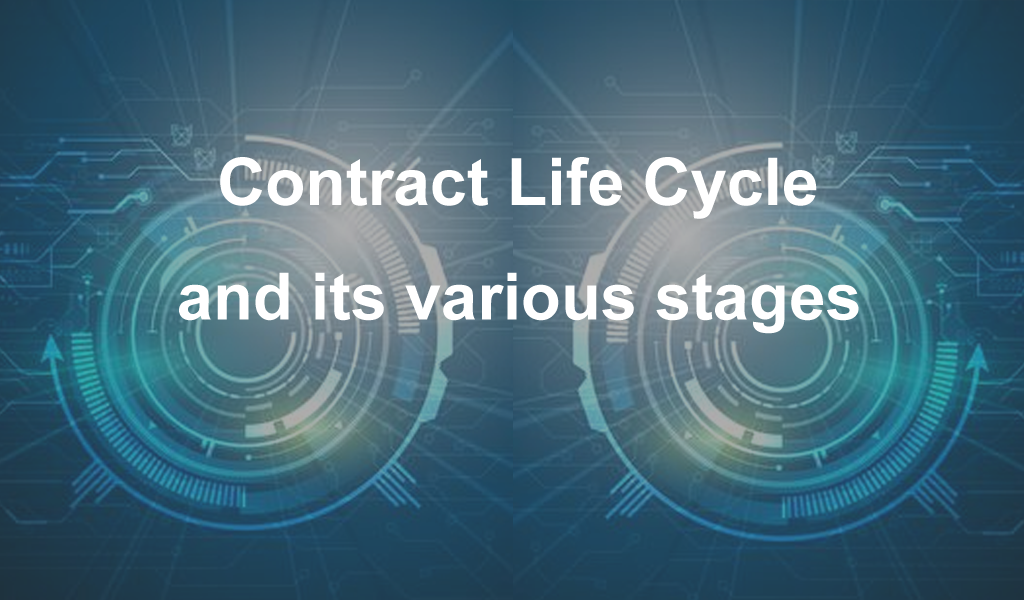Dear Readers,
In the last post we discussed Contract Life Cycle and its 4 stages. Please click on below link to read this post again
http://www.rkstrainings.com/contract-life-cycle-and-its-various-stages/
In this post, we are going to discuss the meaning and definition of other key terms related to Contracts i.e. Contract Formation, Administration and Management. Contract life cycle explains the activities under Contract Formation and Administration. This post will clearly bring out the difference between Contract Administration and Management
The above discussion will eventually give a clear overview of Contract Management Process
Difference between Contract Administration and Management
A) Contract Formation
This process starts after receipt of user requirements and ends when Contract is signed with selected vendor. Contract formation process commence upon sending RFQ/Enquiries to identified bidders/agencies. It continues until offers received, technical and commercial evaluation completed, price agreed and LOA issued. The process ends when both parties sign the formal agreement
Let us understand Contract Formation Process in context to painting example
We know that objectives in term of Scope, Time, Budget, and Quality are set under stage 1 of Contract Life Cycle. So, the next step is to identify and appoint a painter who is a best fit for meeting such objectives. We achieve this by undertaking following steps
- Identify 2-3 potential painting agencies
- Send RFP/Enquiries (with requirements: Scope, Time, Quality) and invite offers from agencies identified
- Receiving offers and evaluating against set requirements
- Shortlist agency who meets most of requirements & offer better price
- Discuss, negotiate and agree upon the final price and payment terms
- Put all agreed terms on a piece of paper and sign the agreement
Contract Formation is a pre-award process because it covers all activities until Contract Award. Because it starts with PR and ends with PO (Contract Award), we also call it Purchase Requisition (PR) to Purchase Order (PO) Process
Contract Administration
Contract Administration is a process that involves all activities undertaken by Owner to ensure receipt of goods/services or completion of works as per the contract thereby meeting the intended contract objectives. This process commences upon Contract Award. It continues until goods/services received or work completed, payment made, claim settled and all contractual obligations met by both parties. This Process ends when the contract is formally closed
In context to painting example, here painter carryout the painting work as per Contract and Raj makes due payment to painter. Once both parties have completed their respective obligations to the satisfaction of each other, they formally close the Contract and come out of the binding relationship
Contract Administration is a post-award process because it covers all activities after contract award. It is also called PO to Closeout Process because it starts with PO (Contract Award) & ends with Contract Closeout
The process focuses on getting goods/services/works of requisite quality, on time and within Contract Price
Contract Management
Contract Management is a process of entering into a Contract with vendor/contractor for meeting certain objectives and undertaking Contract Administration for achieving such objectives through performance by each party as per Contract. This is broader term which includes Contract Formation, Administration and Closure
From the above, we can say that:
1) Contract Management = Contract Formation + Contract Administration
2) Contract Management = PR to PO Process + PO to Closeout Process
The above explanation brings out the difference between Contract Administration and Management. In other words, Contract Management is a larger process and Contract Administration is one part of it
=======================================================================
Disclaimer Statements: http://www.rkstrainings.com/disclaimer-statements/




